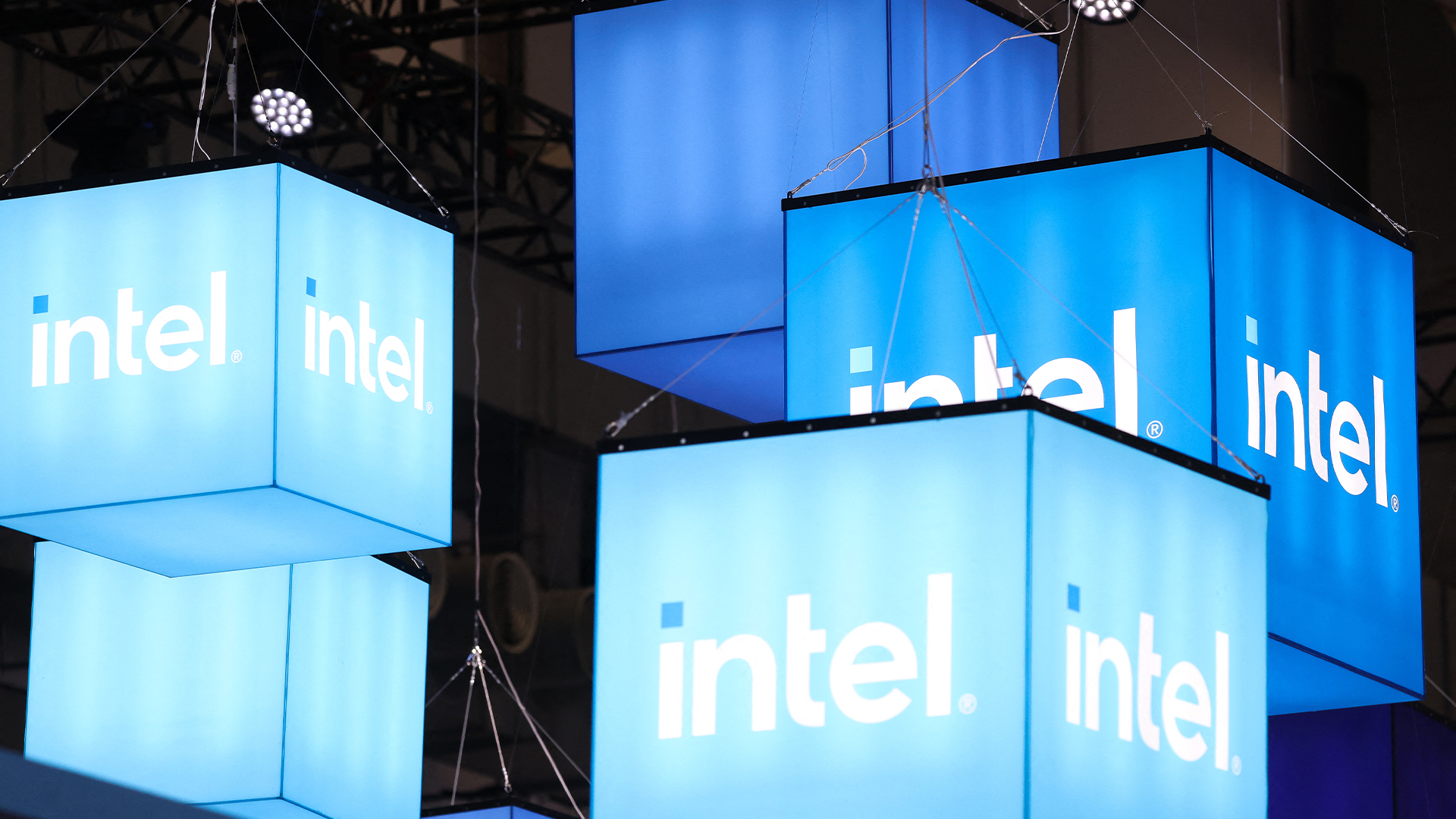Intel announces 22nm chip plans
Chip giant Intel unveils details of Knights Corner, designed for high performance computing.


Intel is set to launch a new 32-core processor designed with supercomputing in mind.
The company announced details of the chip at the International Supercomputing Conference in Germany this week, saying it will be based on its Many Integrated Core (MIC) architecture and use its 22 nanometre manufacturing technique.
The MIC chips the first of which is codenamed Knights Corner will run alongside each other as co-processors in high performance computing (HPC) systems.
"While the vast majority of workloads will still run best on award-winning Intel Xeon processors, Intel MIC architecture will help accelerate select highly parallel applications," Intel said in a statement.
The company also confirmed the processor will involve some of the aspects of its dumped Larrabee graphics chip, as well as other Intel projects.
"Intel's Xeon processors, and now our new Intel Many Integrated Core architecture products, will further push the boundaries of science and discovery as Intel accelerates solutions to some of humanity's most challenging problems," said Kirk Skaugen, vice president and general manager of Intel's data centre group, in a statement. "The Intel MIC architecture will extend Intel's leading HPC products and solutions that are already in nearly 82 per cent of the world's top supercomputers."
A small number of developers have already got their hands on the new chip but the majority will have to wait until the second half of 2010 when Intel will increase its distribution.
Get the ITPro daily newsletter
Sign up today and you will receive a free copy of our Future Focus 2025 report - the leading guidance on AI, cybersecurity and other IT challenges as per 700+ senior executives
At the other end of the scale, Intel also confirmed releases of new products in its low-powered Atom range.
During a keynote at the Computex conference in Taipei, David Perlmutter, executive vice president and co-general manager of the Architecture Group at Intel, confirmed the upcoming releases of its Moorestown chip for mobile devices, its in-car entertainment system and its smart TV project alongside Sony, Logitech and Google.
The company claimed the new Atom platform offers more than 50 per cent reduction in power consumption when devices are idle as well as improved performance.
"Intel believes the strength of the Atom franchise can help consumers realise the true potential for a common experience to enable the compute continuum," said Perlmutter."With platforms ranging from compact and portable netbooks, to Smart TV experiences and innovative tablet designs, Intel Architecture is driving innovative products based on a unique "port of choice" software strategy."
Jennifer Scott is a former freelance journalist and currently political reporter for Sky News. She has a varied writing history, having started her career at Dennis Publishing, working in various roles across its business technology titles, including ITPro. Jennifer has specialised in a number of areas over the years and has produced a wealth of content for ITPro, focusing largely on data storage, networking, cloud computing, and telecommunications.
Most recently Jennifer has turned her skills to the political sphere and broadcast journalism, where she has worked for the BBC as a political reporter, before moving to Sky News.
-
 Cleo attack victim list grows as Hertz confirms customer data stolen
Cleo attack victim list grows as Hertz confirms customer data stolenNews Hertz has confirmed it suffered a data breach as a result of the Cleo zero-day vulnerability in late 2024, with the car rental giant warning that customer data was stolen.
By Ross Kelly
-
 Lateral moves in tech: Why leaders should support employee mobility
Lateral moves in tech: Why leaders should support employee mobilityIn-depth Encouraging staff to switch roles can have long-term benefits for skills in the tech sector
By Keri Allan
-
 Accelerating business modernization
Accelerating business modernizationModernizing your infrastructure with the right servers can accelerate business transformation, enhance security, and future-proof your organization for tomorrow’s challenges
By Rene Millman
-
 Intel layoffs to hit 15,000 roles as falling revenue and poor returns on AI bite
Intel layoffs to hit 15,000 roles as falling revenue and poor returns on AI biteNews CEO Pat Gelsinger announced news of the Intel layoffs following a recent earnings call
By George Fitzmaurice
-
 Sustainable business starts with sustainable IT infrastructure
Sustainable business starts with sustainable IT infrastructureWhitepaper Reduce energy consumption without sacrificing performance with Intel and CDW
By ITPro
-
 Winning the data-centric digital business in this decade
Winning the data-centric digital business in this decadeWhitepaper Discover more about Dell’s adaptive, secure, and resilient portfolio for the digital business and win in this data-centric era
By ITPro
-
 Intel and Dell secure deal to build a digital twin of a UK fusion power plant
Intel and Dell secure deal to build a digital twin of a UK fusion power plantNews The simulation will be critical for meeting the ambitious goal of delivering fusion energy to the UK’s energy network in the 2040s
By Richard Speed
-
 Continuously modernize storage
Continuously modernize storageWhitepaper Modernize data storage to accelerate operations and digital business initiatives
By ITPro
-
 Google claims its AI chips are ‘faster, greener’ than Nvidia’s
Google claims its AI chips are ‘faster, greener’ than Nvidia’sNews Google's TPU has already been used to train AI and run data centres, but hasn't lined up against Nvidia's H100
By Rory Bathgate
-
 £30 million IBM-linked supercomputer centre coming to North West England
£30 million IBM-linked supercomputer centre coming to North West EnglandNews Once operational, the Hartree supercomputer will be available to businesses “of all sizes”
By Ross Kelly